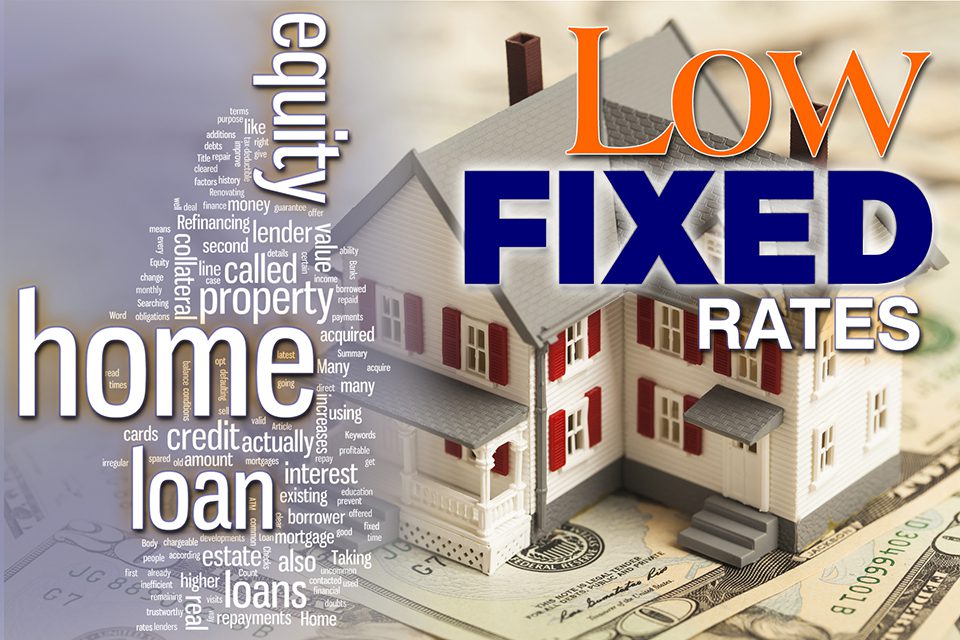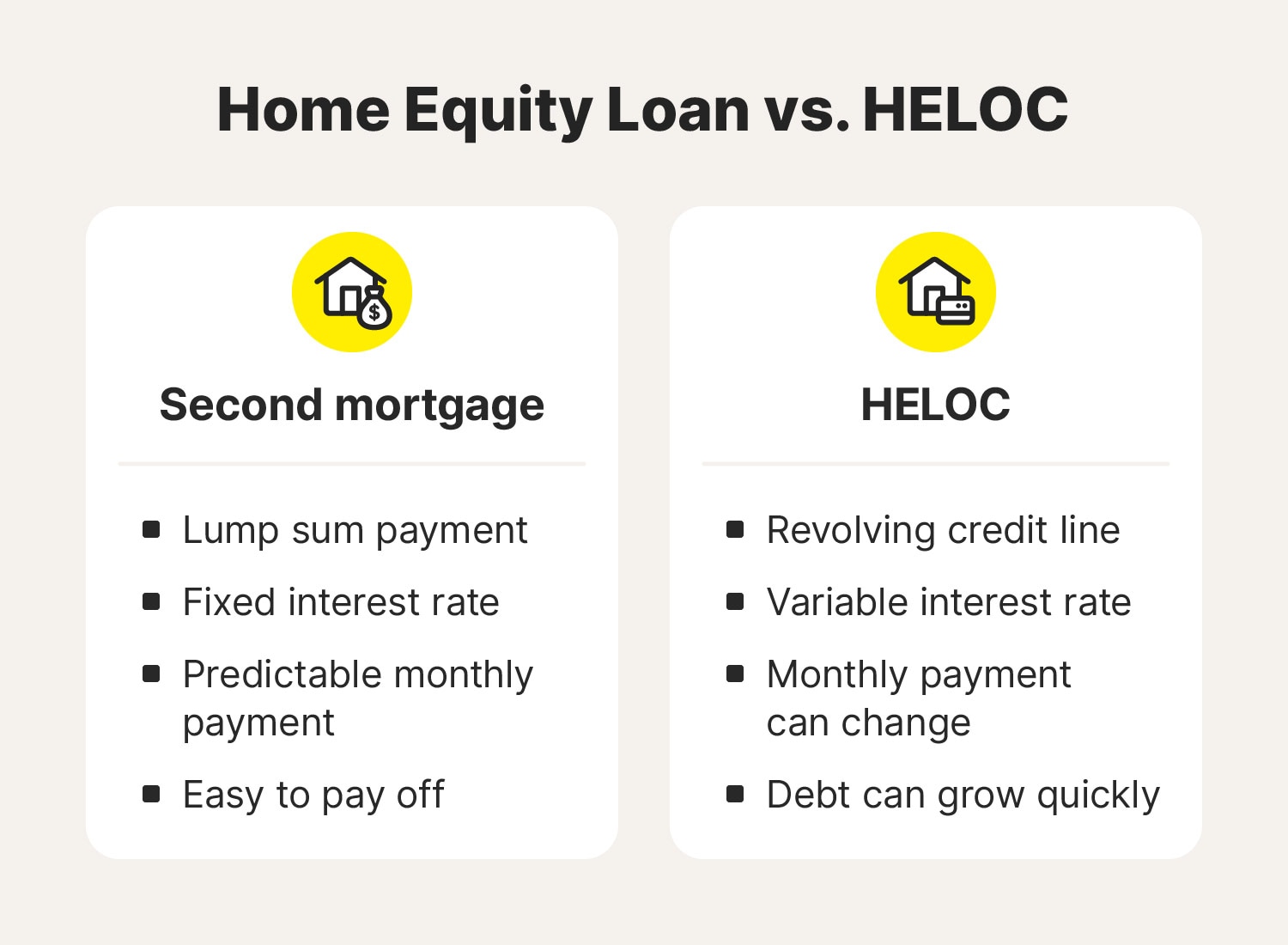The Legal Side of Equity Release Mortgages You Should Know
The Legal Side of Equity Release Mortgages You Should Know
Blog Article
Discovering the Different Types of Equity Release Mortgages Available Today
Equity Release home mortgages present various options for house owners aged 55 and over. equity release mortgages. These economic products deal with different demands and choices, enabling people to accessibility funds from their building. From lifetime home loans to common gratitude home loans, each kind uses unique advantages. Understanding these alternatives is vital for making educated decisions. What factors should one consider when picking the most appropriate equity Release plan? The details that follow may clarify this important subject
Comprehending Equity Release Mortgages
Equity Release mortgages supply homeowners, generally those aged 55 and over, with a method to access the value locked up in their residential property without requiring to sell it. This monetary choice permits people to transform a part of their home equity right into cash, which can be utilized for various functions, such as home improvements, repaying debts, or funding retirement.Equity Release can take different forms, however it basically includes loaning against the value of the home while maintaining ownership. Homeowners can pick to get a swelling sum or a series of smaller sized repayments, depending on their monetary needs and preferences.Additionally, the amount offered for Release is influenced by the residential property's value, the homeowner's age, and particular loan provider standards. In general, recognizing equity Release mortgages is important for home owners to make educated decisions about tapping into their home's equity while considering the lasting effects.
Lifetime Mortgages
Lifetime mortgages stand for one of one of the most prominent forms of equity Release. This monetary product permits property owners, commonly aged 55 or older, to borrow against the value of their home while keeping possession. The lending, which is safeguarded versus the home, builds up interest over time however does not call for month-to-month payments. Rather, the lending and built up passion are paid off when the home owner passes away or relocates right into long-lasting care.Lifetime home mortgages use versatility, as debtors can select to obtain a round figure or choose for a drawdown facility, accessing funds as required. Significantly, numerous strategies come with a no-negative-equity warranty, guaranteeing that consumers will certainly never ever owe more than the worth of their home. This feature provides comfort, permitting individuals to appreciate their retirement without the fear of depleting their estate. Generally, lifetime home mortgages offer as a viable option for those seeking financial backing in later life.
Home Reversion Program

Drawdown Lifetime Mortgages
While lots of property owners look for ways to access their wide range, drawdown lifetime mortgages present an adaptable option that enables people to Release funds progressively. This type of equity Release home loan enables home owners to borrow versus the value of their residential or commercial property while maintaining possession. Unlike standard life time home mortgages, drawdown strategies enable customers to access a section of their equity upfront and withdraw added funds as needed, as much as a fixed limit.This attribute can be particularly advantageous for those who wish to manage their finances thoroughly, as it lessens interest buildup by just charging passion on the quantities drawn. Furthermore, drawdown lifetime home loans usually include a "no unfavorable equity assurance," guaranteeing that customers will never owe greater than their home's worth. This option suits retired people that want economic safety and security and versatility, permitting them to satisfy unanticipated costs or maintain their lifestyle without needing to sell their residential property.
Enhanced Life Time Mortgages
Improved Lifetime Home mortgages use distinct advantages for qualified home owners seeking to Release equity from their residential properties. Comprehending the eligibility standards is important, as it establishes who can gain from these specialized finances. It is likewise crucial to evaluate the potential drawbacks connected with enhanced choices, making sure an all-round point of view on their usage.
Qualification Criteria Described
Understanding the qualification criteria for Boosted Lifetime Mortgages is necessary for potential candidates looking for to access the equity in their homes. Generally, applicants must be aged 55 or older, as this age requirement is common in the equity Release market. Property owners must have a residential or commercial property valued at a minimum limit, which can vary by lending institution. Importantly, the property needs to be their key house and in excellent condition. Lenders often examine the homeowner's wellness standing, as particular wellness conditions might enhance qualification and benefits. In addition, candidates should not have existing considerable financial obligations secured versus the building. Fulfilling these criteria enables people to check out Boosted Lifetime Home loans as a feasible alternative for accessing funds bound in their homes.
Benefits of Boosted Mortgages
After clarifying the qualification requirements, it ends up being apparent that Boosted Life time Home mortgages use a number of considerable important link advantages for home owners looking to leverage their residential property equity. Primarily, they provide accessibility to a larger funding amount compared to basic lifetime home mortgages, profiting those with wellness problems or age-related aspects that enhance their life expectancy risk. This improved loaning capacity allows home owners to meet various financial requirements, such as home renovations or retired life expenses. Furthermore, these home mortgages usually include versatile repayment alternatives, allowing debtors to manage their funds better. The no-negative-equity guarantee better ensures that homeowners will certainly never owe greater than their building's value, providing satisfaction. On The Whole, Boosted Life time Home mortgages present a compelling alternative for qualified home owners looking for financial options.
Potential Disadvantages Considered
While Improved Life time Mortgages use numerous benefits, possible disadvantages call for careful factor to consider. One significant issue is the effect on inheritance; the equity released minimizes the worth of the estate left to beneficiaries. Additionally, these home loans can build up substantial interest gradually, bring about a considerable financial obligation that might go beyond the original funding quantity. There might also be restrictions on building modifications or rental, limiting property owners' versatility. In addition, boosted items frequently need certain wellness problems, suggesting not all home owners will qualify. Managing the fees and costs associated with these home loans can be complicated, potentially leading to unforeseen expenses. As a result, individuals should extensively analyze their circumstance and seek advice from monetary advisors prior to continuing.
Shared Recognition Home Loans
Shared Recognition Mortgages represent an unique economic plan that allows home owners to gain access to equity while sharing future residential property value increases with the lending institution. This approach provides possible benefits such as minimized monthly payments, but it also features downsides that have to be very carefully considered. Recognizing the qualification demands is important for those curious about this choice.
Concept Introduction
Equity Release home mortgages, specifically in the type of shared appreciation mortgages, offer homeowners an one-of-a-kind financial remedy that enables them to accessibility funds by leveraging the worth of their residential or commercial property. In this arrangement, a lending institution provides a car loan to the property owner, which is normally repaid via a share of the property's future gratitude in worth. This means that when the home owner sells the residential property or dies, the lender gets a percentage of the enhanced value, rather than just the preliminary loan amount. Shared recognition home mortgages can be appealing for those looking to supplement their income or financing substantial expenditures while retaining ownership of their home. The monetary ramifications of shared recognition need to be very carefully thought about by prospective customers.
Advantages and Disadvantages
Common appreciation home mortgages can offer considerable financial advantages, they additionally come with remarkable disadvantages that potential consumers need to think about. These mortgages enable home owners to gain access to equity in their residential properties while sharing a part of any future recognition with the loan provider. This setup can be helpful during times of climbing building values, offering considerable funds without monthly payments. The major drawback is the potential loss of equity; homeowners may finish up with substantially reduced inheritance for heirs. In addition, the complexity of the terms can bring about misconceptions regarding payment commitments and the percentage of recognition owed. It is essential for customers to evaluate these elements carefully prior to dedicating to a common appreciation home loan.

Eligibility Requirements
What requirements must homeowners meet to receive a common admiration mortgage? Mostly, prospects should go to least 55 years old, ensuring they are within the target group for equity Release products. Furthermore, the building must be their key residence and usually valued over a specified minimum threshold, commonly around ? 100,000. Lenders also examine the home owner's monetary conditions, consisting of earnings and arrearages, to determine they can handle the home loan sensibly. Notably, the property must be in good problem and devoid of considerable lawful encumbrances. Homeowners ought to also have a clear understanding of the terms, including exactly how gratitude will be shared with the lender upon sale or transfer of the residential or commercial property, as this impacts overall returns.
Picking the Right Equity Release Choice

Regularly Asked Concerns
What Age Do I Required to Be for Equity Release?
The age need for equity Release commonly starts at 55 for the majority of plans. Some carriers may use alternatives for those aged 60 and above, reflecting differing terms based on individual conditions and lender plans.
Will Equity Release Affect My Inheritance?
Equity Release can affect inheritance, as the quantity borrowed plus interest minimizes the estate's worth. Beneficiaries may obtain much less than prepared for, depending on the residential or commercial property's appreciation and the complete debt at the time of passing.
Can I Relocate Home With Equity Release?
The question of moving home with equity Release emerges frequently. Typically, people can transfer their equity Release strategy to a new building, yet specific terms may apply, calling for consultation with the loan provider for guidance.
Are There Charges Linked With Equity Release Mortgages?
Fees related to equity Release home mortgages can include setup fees, appraisal charges, and lawful prices. Furthermore, there might be early payment charges, which can impact the overall expense and monetary implications for the debtor.
Just How Does Equity Release Influence My Tax Obligation Circumstance?
Equity Release can influence one's tax obligation circumstance by potentially increasing taxed revenue, as released funds are thought about capital. Nonetheless, it normally does not incur immediate tax obligation obligations, making it important to get in touch with an economic consultant for customized assistance.
Final thought
In recap, the range of equity Release home mortgages available today supplies property owners aged 55 and over multiple pathways to access their residential or commercial property's worth - equity release mortgages. Whether choosing a life time mortgage, home reversion strategy, or various other options, each alternative presents unique advantages tailored to specific financial requirements. Mindful consideration and examination with an economic consultant are important to this hyperlink guarantee the selected equity Release solution aligns with individual objectives and financial scenarios, ultimately assisting in notified decision-making for a secure economic future. Equity Release home loans present different options for house owners aged 55 and over. Equity Release home loans provide house owners, generally those aged 55 and over, with a method to access the worth tied up in their residential or commercial property without needing to sell it. Enhanced Life time Home mortgages supply distinctive advantages for qualified property owners seeking to Release equity from their buildings. Equity Release mortgages, particularly in the form of shared appreciation mortgages, offer homeowners a distinct financial remedy that permits them to access funds by leveraging the worth of their residential property. In summary, the variety of equity Release home loans readily available today supplies homeowners aged 55 and over numerous pathways to access their building's value
Report this page